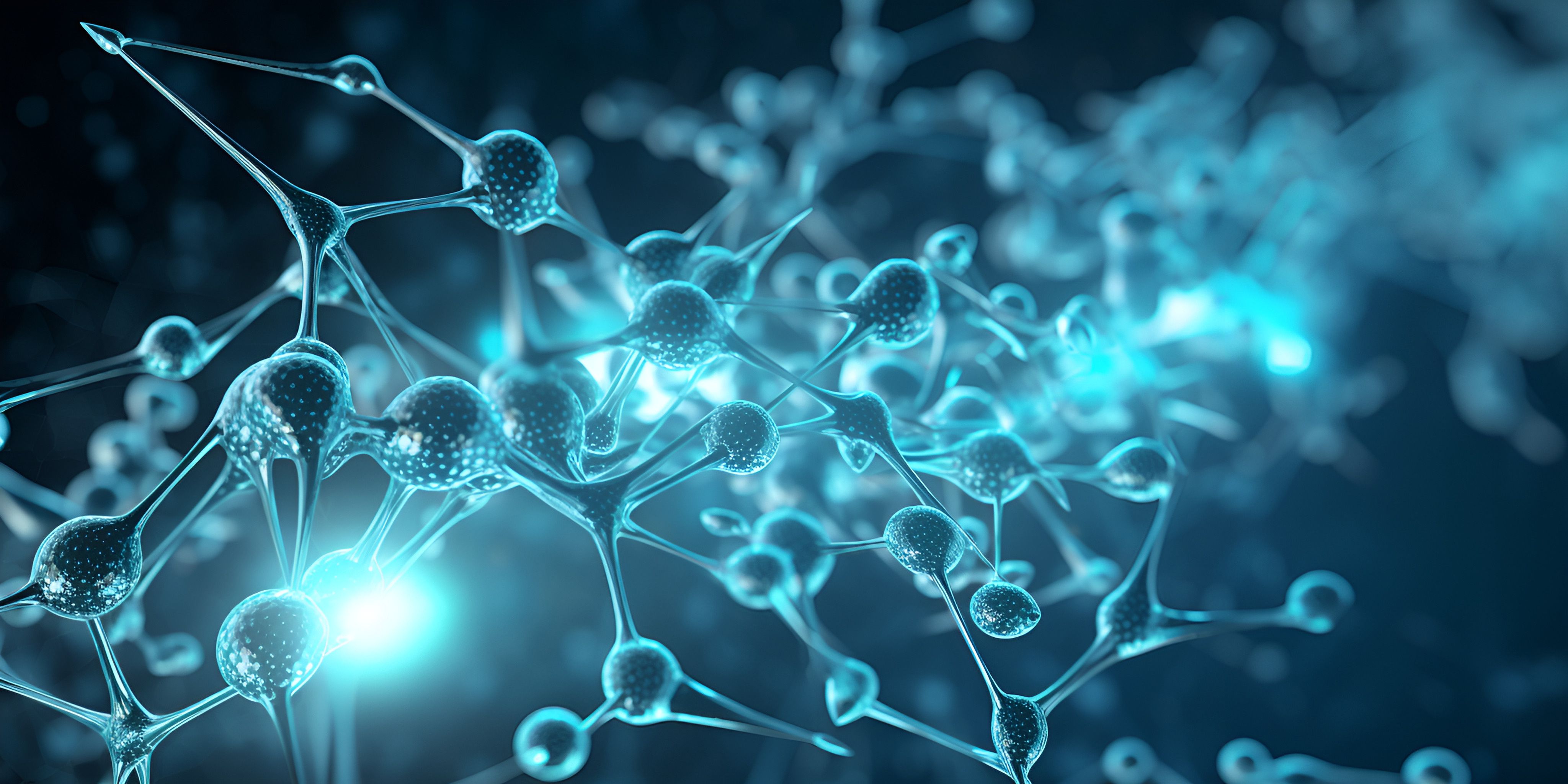Analyzing Peptides and Proteins Using Infrared Multiphoton Dissociation, UV Photodissociation, and Electron Capture Dissociation
In a recent study, a new instrument configuration suggests an alternative method for investigating polypeptides.
A new study, published in the Journal of Analytical Chemistry, reviewed how a new instrument configuration could help conduct analysis of peptides and proteins through direct-infusion experiments (1).
Biotech Cell Interconnected Lines: A Visual Exploration Unveiling the Intricacies of Biotech Cell Interconnected Lines The Beauty of 3D Illustration in Biotech Cell Interconnected Lines Ai Generated | Image Credit: © Faiza - stock.adobe.com

The team of scientists used a Thermo Scientific Exploris 480 orbital trap MS instrument with the Omnitrap platform (1). The research team, comprised of scientists based in Boston, was able to successfully analyze peptides and proteins, showcasing its value for biopharmaceutical applications.
The Omnitrap platform, which was adorned with three distinct ion-activation regions, boasts resonant-based collision-induced dissociation, various forms of electron-associated fragmentation, and ultraviolet (UV) photodissociation, all of which can be enhanced by infrared (IR) multiphoton dissociation (1). As a result, this instrument configuration allowed the device to be more versatile.
The Omnitrap platform contains an electron gun, a UV laser, and an IR laser. The addition of these appendages allow the device to create a diverse array of activation pathways for precise molecular analysis (1).
Ultraviolet photodissociation (UVPD) efficiency within the Omnitrap system was evidenced by the sequence coverage achieved for proteins with molecular weights below 30 kDa (1). Surprisingly, high-energy UVPD processes exhibited no discernible benefits from IR-activation, implying that the manipulation of vibrational modes does not substantially alter the fragmentation pathways in this type of fragmentation (1).
The study also underscores the importance of low-energy (1–2 eV) electrons in achieving efficient electron capture dissociation (ECD) of peptides and proteins (1). The strategic use of IR light for pre-, co-, and post-activation of low-charge-state precursors yields a significant increase in sequence coverage. For instance, myoglobin10+ demonstrated near-complete sequence coverage because of this innovative approach (1).
This new instrument configuration presents can conduct efficient analysis of peptides and proteins. It also introduces the possibility of this tool being used in enhanced proteomics and top-down protein analysis applications (1).
Biomolecule analysis continues to be a focus in industry and in academia. This study shows that technological advancements in instrumentation could lead researchers to the pursuit of unraveling the intricacies of life's building .
Reference
(1) Smyrnakis, A.; Levin, N.; Kosmopoulou, M.; Jha, A.; et al. Characterization of an Omnitrap-Orbitrap Platform Equipped with Infrared Multiphoton Dissociation, Ultraviolet Photodissociation, and Electron Capture Dissociation for the Analysis of Peptides and Proteins. Anal. Chem. 2023, 95 (32), 12039–12046. DOI: 10.1021/acs.analchem.3c01899





